TEA interviews Pascal Ratier, who is the Coordinator of European Archaeology Days (EADs) as part of his work as the head of events and conferences at Inrap (the French National Institute for Preventative Archaeological Research). Ratier has been organizing the European Archaeology Days since 2012, when he first joined Inrap. The EADs first began at the national level. Since 2019, the event has spread across Europe.
TEA: Can you give us a short overview of what the European Archaeology Days are all about?
Ratier: The EADs are a great occasion to unite everyone involved in archaeology, be they excavators or museum curators and everything in between around a common cause: the organization of dedicated events for the general public designed to attract new audiences. In short, the objective is to raise public awareness about what archaeology is. In many people’s minds, archaeology involves only excavators digging up objects for eventual display in museums. Through the EADs, we show that archaeology actually includes many other things besides—in fact, it can include a is an operating chain, a lengthy process that includes excavation as museum display and maybe also the laboratory. The EADs want to show that research on human societies is carried out throughout the entire process of doing archaeology, and that engaging with it raises many important questions about humanity. We would like to help people understand that archaeology is not a collection of objects or ruins, but rather a body of constantly-developing scientific research.
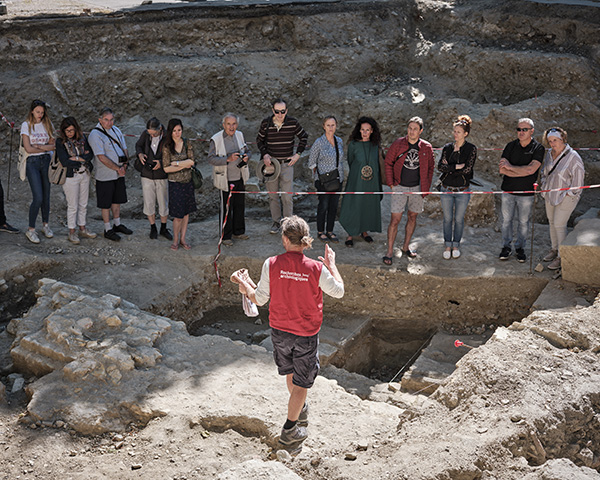
Figure 31. Open house at an excavation site in Narbonne, France. © Rémi Benali, Inrap. Used with permission.
TEA: The EADs started out as the National Archaeology Days, instituted in France in 2010. How did that event come about?
Ratier: In 2010, Inrap embarked on a collaboration with the European television channel Arte. Together, they planned a full day of broadcasting in June on the theme of archaeology, including both films and documentaries. My colleagues at Inrap thought it might be a good idea to supplement this themed day with live events organized with the various archaeology departments already dedicated to archaeology across France. The original idea turned into a rousing success! Even the very first EADs—which was actually a European Archaeology Day, as it was held on a Saturday—included 95 organisers! We soon decided that it was worthwhile to make the event an annual feature.
TEA: So, from the very start, motivation was high on the part of the institutions doing archaeology. How was the public’s response to the event?
Ratier: Since the very beginning in 2010, engagement with the event has grown consistently. This holds true just as much amongst organisers as for the general public! To wit, whereas in 2010, we had 95 organisers participating across the country, in 2019 (the last edition before the COVID-19 crisis), more than 600 sites were involved in France. In 2010, 50,000 visitors turned out, while in 2019, attendance figures rose to 220,000! As to the institutions involved, we have not limited EADs organisers to those involved in archaeology alone. Instead, we have also opened up to include persons who look after heritage in general. While libraries or archives may not be specifically dedicated to archaeology, they can participate by bringing archaeology to broader audience by means of the events they organise. Through such initiatives, the growth of EADs’ audience has rapidly outstripped the number of organisers. Such a growth curve attests to a real public interest in archaeology.
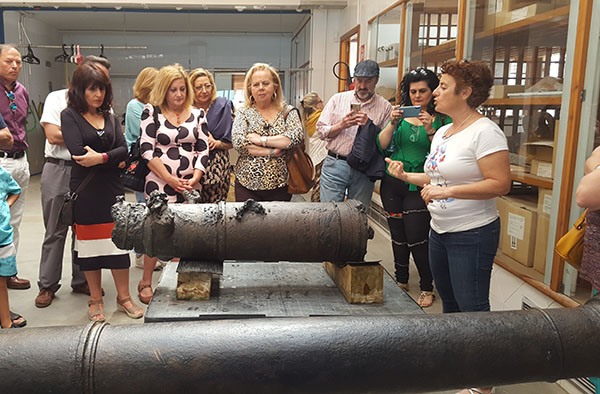
Figure 32. Open House of the Centre for Underwater Archaeology in Cadiz, Spain. © IAPH. Used with permission.
TEA: Have you managed to reach a more varied audience?
Ratier: Participant surveys have shown that the EADs do manage to attract people who rarely visit archaeological sites. However, EADs’ attraction to this audience is dependent upon coming up with new forms of outreach and new types of activities. One such example comes from the ‘Archaeology Villages’ we instituted. Placed in major metropolitan areas and specifically opened for the public, ‘villages’ brought together all the players involved in doing archaeology in a single place. Organizing events such as that can allow us to reach a new audience, who attend the events out of curiosity. Moreover, as the European Archaeology Days are local events, we come out and reach people in their everyday environments. This is an excellent occasion to talk about local history, be it of the town itself or of the surrounding region. This can be particularly appealing to the public, especially for first-time visitors.
TEA: In 2019, the Archaeology Days expanded onto the European level. What inspired you to take that leap?
Ratier: We decided to open up to Europe on the 10th anniversary of the National Archaeology Days in France. Several European institutions approached us from different countries. They also wanted to organise Archaeology Days in their country, and they needed support in organising Archaeology Days at home.
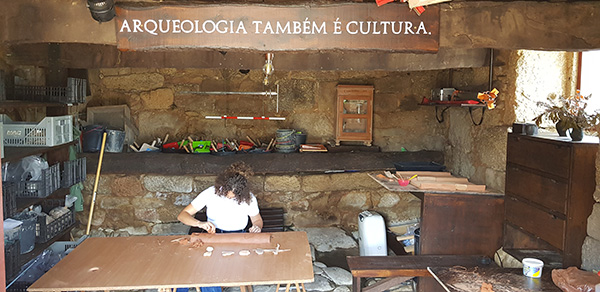
Figure 33. Participatory activities at the Bobadela romana Interpretation Centre, Portugal. © Bobadela romana. Used with permission.
TEA: How did Europe respond?
Ratier: For the first year organizing internationally, we decided to open up only to our neighbouring countries. We wanted to test the waters, so to speak. Fortunately, the response was very positive. What’s more, a few months later, I started receiving irate e-mails from all over Europe! Colleagues from Poland, Lithuania, and Czech Republic wrote to ask why they were not allowed to participate! They said, “What, did you not know that we are part of the European Union, too?” Partly thanks to EXARC (an EADs partner from the very beginning), word got around quickly to all the countries across Europe. Seeing that there were quite a few requests, we decided that we had to open the European Archaeology Days to all 47 Member Countries of the Council of Europe. In 2019, 18 countries participated. In 2022, that number went up to 30!
TEA: Let's say I am an archaeologist or a representative of an archaeological institution in Europe. What do I need to do to take part in the EADs?
Ratier: The first thing to do would be to come up with a line-up of specific activities for the EADs, taking care to fulfil a certain number of criteria. These include: opening up places where archaeology is done, promoting interaction between archaeology professionals and the public, offering different kinds activities (i.e. ones that are a change from the usual programming) with the intent of attracting a new audience of persons not familiar with archaeology and encouraging the attendance of children and young people (especially by planning activities for families or school groups on Fridays). Next, you need to register and publish your chosen programme on journees-archeologie.fr via the organiser account you will have opened on your country’s page. Online registration opens in mid-February. We provide communication tools for the organisers, which they can download via their account. We also provide a Guide for Event Organisers which provides tips and tricks for setting up a programme and to spread awareness of your event. Should anyone wish to contact me with questions (or to receive a copy of the guide before February!), you are welcome to write to pascal.ratier@inrap.fr.
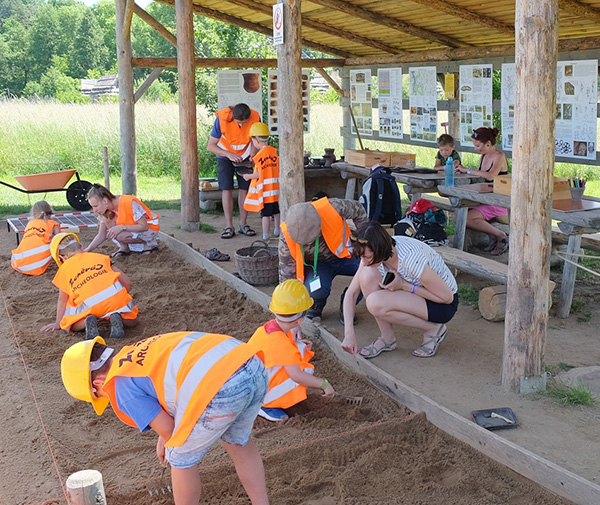
Figure 34. Workshops for children in Zeměráj Park, Czech Republic. © Zeměráj Park. Used with permission.
TEA: Were there any National Archaeology Days in other European countries before 2019?
Ratier: Yes, several countries had their own Archaeology Days, and some of those were of long standing (such as in the Netherlands and Great Britain). However, they did not all necessarily organize the events on the same dates (i.e. the third weekend in June). At present, some countries have aligned their dates with ours (e.g. the Netherlands and Hungary), while others have not yet done so. We suggest that, as members of the Council of Europe, we can all come together to celebrate archaeology as one. Together we are stronger, and we are also more visible.
Many countries have held events in connection with the European Heritage Days. They probably thought that this would bring in a large audience, and that they would enjoy the same renown as the European Heritage Days. In our view, that was probably a miscalculation: the magnitude of that event and its reputation ‘smother’ the archaeological component to some degree. Our ambition is to produce our own European event for archaeology which will occur on the same dates for all participating countries, and which is also separate and distinct from the European Heritage Days. It is in so doing that we will gain visibility at the European level, be it with regard to the public, politicians or to the media. It is for this reason that the European Archaeology Days take place on the third weekend of June.
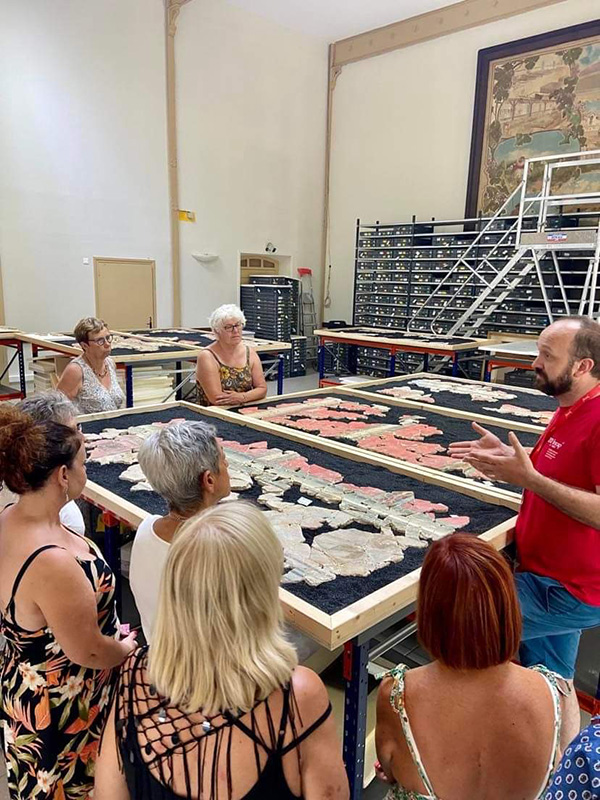
Figure 35. Open house at the Roman mosaic restoration centre, Arles, France. © Arles Antique. Used with permission.
TEA: How are the EADs organized now that it is on the European level?
Ratier: We at Inrap took the initiative to open up the Archaeology Days to Europe, and so we remain the European coordinators of the EADs. We make and maintain the website, provide communication tools and support all organizers. At present, we encourage the national archaeology authorities in each participating country to take up the baton and to become national-level coordinators. Ten national coordinators stepped forward in 2020; in 2022, we have 24 national authorities who are coordinating. National authorities who coordinate EADs rally the archaeological community in their nation and provide publicity for their event at both the national and regional levels. As INRAP is the national EADs coordinator in France, we also do this here at home. As mentioned, we are pushing for the EADs to be coordinated around the same dates across Europe. This is the only way that the EADs can resonate across a larger scale.
TEA: What are EADs’ cultural objectives? On what aspects are you focusing?
Ratier: What we try to do during the EADs is to connect the public with professionals working in archaeology, to facilitate dialogue, to share knowledge about the past and to give the stage to our audiences (because they generally have a lot to say!). It is for these reasons that we strongly encourage the opening up of the places where archaeology is carried out and which are usually closed to the public: excavation sites, archaeological depots, research or restoration laboratories and the areas of museums that remains ‘behind the scenes’. These are the places where archaeology is made. Archaeologists should not be scientists who remain shut away in their labs; one of EADs’ main aims is to share knowledge with the public. However, dialogue cannot be a one-way process from the knowledgeable to the public. By definition, it must be an exchange. We need to provide more meeting opportunities, and encourage the public to experiment and participate. Occasions to come face-to-face with professionals is essential, and also helps spark vocations. Our ideal is to keep the laboratory open to everyone, so that each visitor has the chance to experiment and become an active participant.
TEA: What benefit can archaeological institutions gain from the EADs? Why should people consider becoming organisers?
Ratier: Participating archaeological institutions gain visibility through the media, extend their reach, attract new audiences and raise awareness about the protection and conservation of archaeological heritage. Although museums of course produce cultural activities all year round, the EADs are an opportunity to offer different events and to bring in new audiences. For research institutions, this is a new opportunity to open up and present their work to the public. The EADs are also a great occasion for archaeology professionals to unit by joining a broader European event. Thanks to the ‘critical mass’ attained through participation in an event that is both national and European, organisers are more likely to attract bigger audiences, and the media are more likely to publish related information.
TEA: In 2020, the COVID-19 pandemic changed our daily lives and deprived us of normal social and cultural activity. The EADs essentially went virtual. How did you cope with this unforeseen crisis? How did the EADs adapt to the new context?
Ratier: We had no choice but to adjust to the new parameters, and reorganised the EADs in one month. In 2020, public health situations varied from one country to the next; some countries were able to host live face-to-face events, while others (such as France) could not do so. Due to these diverse conditions, each participating organizer chose how they wanted to proceed, be it via on-site events, remote events or a combination of the two.
TEA: How did European partners respond?
Ratier: In the end, we had more than 1,000 events across Europe. Under the circumstances, this was really quite impressive! We had 700 organisers in Europe, all told. While this was perhaps less than we had predicted, under the circumstances, it was perfect. In France, we had barely come out of lockdown, but didn’t want to cancel, and the event went well. We came through, we made archaeology visible, and held the event as planned, also on the original dates. We see it as a success. In Europe, 2/3 of events were in a digital format, with the last 1/3 in person (but this varied by country). In France, 20% of the events were face-to-face, while the rest were digital.
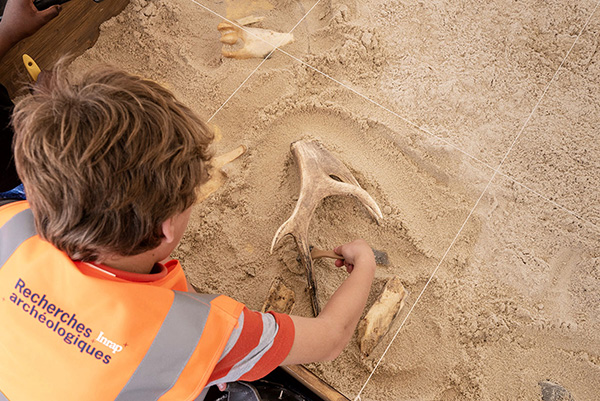
Figure 36. Workshop for children in Saint-Germain-en-Laye, France. © Hamid Azmoun, Inrap. Used with permission.
TEA: Can you tell us about what you learned about best practices after the crisis? Are digital technologies the answer?
Ratier: Cultural institutions are already experimenting with digital formats and are using them much more than before. I believe, however, that cultural institutions are also becoming increasingly aware that there are limits to digital formats. Like an online conference, a digital event is not the same as a physical event. Digital events require the creation of specific forms of public engagement. Nevertheless, it is a good thing that so many cultural institutions are investing in digital technologies, and that their digital offerings will also evolve, so that they can be successful in attracting new and especially younger audiences. When we adopted the hybrid format for the 2020 EADs, we found out that we were able to interest people who had never attended similar events previously, and that we drew large crowds. A digital event will not replace an in-person one, though they can complement each other well. Taking part in an archaeological cultural event is above all an experience of the senses, whether you are experimenting on the ground, in a laboratory or in a museum. You do not have this sensory experience with digital technology. Digital channels have the disadvantage of limiting dialogue with scientists, as well.
TEA: Has the public health crisis affected the development of the EADs?
Ratier: By no means! In 2021, the various health crises were still ongoing. In Europe, the situation varied from one country to the next. Nevertheless, we decided to hold a completely face-to-face event. In France, despite restrictions (e.g. limits on participant numbers), the event went very well, and attendance did not fall far from the numbers we recorded in 2019. For the other countries, overall, the event was very similar to the situation in 2019. Some countries that wanted to join us did not do so because of the health situation, but did participate in 2022. All in all, despite a very complicated general situation, the EADs continue to grow, and the public has not let us down!
TEA: What positive aspects could be gleaned from the public health crisis relative to culture?
Ratier: What we have (re)discovered with this crisis is that we cannot do without culture. Losing culture would mean the death of society. Consequently, we need to redefine what we call our basic human needs. Just as food, education and health can number among these, so too should culture. Culture is vital, because it creates social connections. Like all sciences of the past, archaeology is very important, because a society cannot envision its future if it does not have a grasp of where it comes from. This is all the more important at the European level, so that we can define the European citizenship we seek and that we can also reflect on the future that we have in common.
TEA: What are the EADs’ future plans?
Ratier: The main objective is to ensure that every Member Country of the Council of Europe actively participates in the EADs. We would also like to reinforce the European dimension by creating cross-cutting projects, for example. As Europeans, our cultural heritage has been passed down to us from our long-shared history. It is important that we reflect on how these Days can contribute to the development of a common identity in a fragmenting Europe, while at the same time preserving the cultural differences that make Europe such a fascinating and multifaceted place.
Go back to top